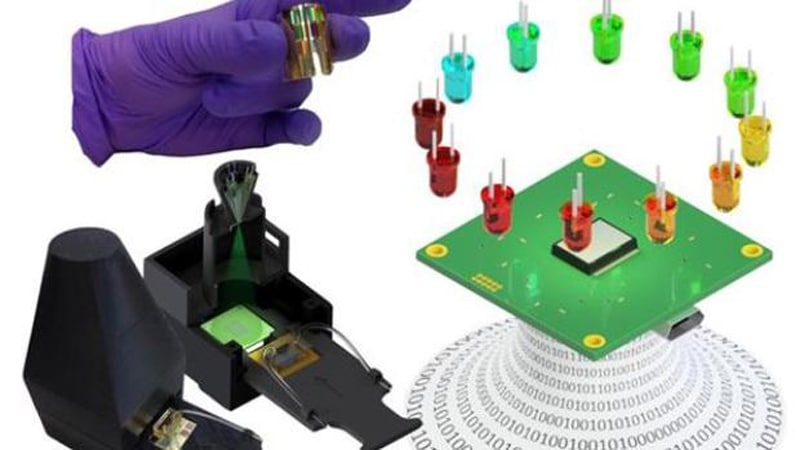Machine learning is an important part of computing. Researchers at the UCLA are working on combining 3D printing with machine learning. Using the two technologies, the researchers have designed a 3D printer prototype detector with a sensor to detect minute items like cancer biomarkers, viruses, and proteins. This discovery could pave way for the diagnosis of serious infections and diseases.
Plasmonic sensing provides information about the composition of things at the sub-microscopic level. It has been used in the medicals sectors since long and in this process light is shone into nanostructures thereby amplifying the metal electric field. This interaction between the field and the molecule is studied to give out inferences on the kinetics and molecular concentration.
Plasmonic sensing cannot be used outside the lab as the instruments are bulky and expensive. Aydogan Ozcan, the professor of Electrical Engineering and Bioengineering and Associate Director of the California NanoSystems Institute and his team has devised an inexpensive plasmonic reader which is mobile and accurate.
The machine learning technique adopted by the prototype allows a particular algorithm to ”train” itself to decide the course of action to be taken. It has a wide range of applications in other fields like the Optical Character Recognition. Google’s map software can learn to read numbers and letters on houses and streets accurately, another perfect example of an algorithm adapting to a particular data.
Different types of LED are used for plasmonic sensing prototype. The reader consists of four differently colored LEDs, a camera, and 3D printed plastic case. To use the device, a specimen is applied to the sensor, which is fitted into a casing inside the reader which is measured and analyzed. 3D printing technology allows the prototype to be made durable yet cost-effective and well-designed to adapt to different situations. Ozcan and his team members hope that their device sets a precedent for other researchers and scientists.
